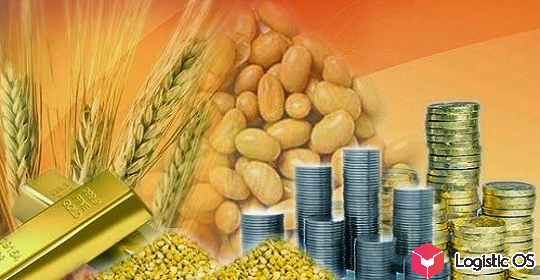Starting September 15, 2021, the export duty on wheat will increase from $ 46.5 per tonne to $ 52.5 per tonne.
Most likely, the duty will continue to grow.
The mechanism of floating export duty on grain was introduced on June 2 this year. Since then, the amount of the duty has steadily increased.
After the upcoming increase, it will be at the maximum level for all time.
However, according to experts, this is just the beginning.
There is every reason to believe that the size of the duty will continue to increase. After all, it is calculated based on the difference between the base price (cut-off price) and the current one.
The cut-off price does not change — $ 200 per ton. But the market price breaks records. As of today, Russian wheat is traded at $ 290 per tonne and above.
“Our current FOB is about $ 305 per ton, so we can assume that in two or three weeks we will reach a duty of $ 60 and more,” said Dmitry Rylko, Director General of the Institute for Agricultural Market Studies.
According to experts, the duty may reach $ 70 per ton in the near future.
Will heavy exports stop the increase in duties?
The head of the analytical center Rusagrotrans Igor Pavensky believes that this is unlikely to happen.
The demand for Russian grain from the usual buyers (Turkey, Iran, Saudi Arabia, Nigeria, Egypt) will still remain. After all, for them, the cost will remain at the same level.
As for Russian farmers and traders, the duty follows the price, therefore, in fact, their profits do not change either.
And if this is so, then there is no reason to believe that the export intensity will drop in the near future.
Moreover, at the moment the market expects a further increase in the duty. And this causes additional activation: you need to have time to sell a significant part of the goods before the rates have grown even more.
But if the duty rate nevertheless reaches the value of $ 70 per ton, then a decline in exports may actually occur, predicts the chairman of the Board of the Union of Grain Exporters Eduard Zernin. If the existing trends continue, this may happen as early as mid-October.
In the current conditions, one of the main beneficiaries is the state budget, where large sums are sent from each sold ton of wheat.
At the same time, the government promised that all funds collected due to export duties will be returned to agriculture , including in the form of subsidies.
The farmers are looking forward to these funds, because they could provide significant assistance.
However, how exactly they will be distributed, and when they can finally be obtained, will become clear only in the future.

